On Sunday around 200 members of Romania's nationalist organizations gathered at the Uz Valley military cemetery to mark Romanian Army Day with an openly anti-Hungarian banner reading "Hungarians, go back to Mongolia where you came from", several Transylvanian news portals reported.
The march to mark Romanian Army Day (October 25) was organized three days earlier on Sunday by the nationalist National Path (Calea Neamului) and Orthodox Brotherhood (Fratia Ortodoxa) groups.
Their call, posted on social media, was in response to what they described as huge pressure from Hungarian political organizations on the authorities to remove more crosses they had erected.
Mihai Tarnoveanu, head of the Nation's Way ((Calea Neamului) organization, visited the cemetery in Uz Valley with some of his followers during the week. According to a video he shared on social media, the 151 wooden crosses arbitrarily erected on July 8 to replace the 50 concrete ones removed at the end of June following a court order were coated with wax and wood preservatives in preparation for winter.
On the crosses, they fixed plaques carrying the words "Romanian hero" (Erou roman) and the colors of Romania's national flag. The larger cross was inscribed "In memory of the heroes of the Romanian army" and a Romanian flag was wrapped around the bottom. According to Harghita Nepe online, Sunday's commemoration was attended by buses from several Moldovan counties and Bucharest. Police officers, gendarmes and the riot police (SMURD) were also present.
According to a photo-rich report published by the Szekelyhon news portal, the participants in Sunday's march also carried an openly anti-Hungarian banner with the slogan "Hungarians, go back to Mongolia where you came from," in incorrect Romanian spelling. In reference to the Romanian invasion of 1919, the banner also said:
Hungary is not on the map of Europe.
It also contained an incoherent, incorrect Romanian text, which - in English translation - reads as follows: 'The barbarian Hungarians arrived in our lands in 1290 with the intention of plundering. Subsequently, the Mongol-Hungarians also brought their families here," the news portal wrote. Those participants also carried a previously used banner, which said:
"Some things are eternal. Transylvania is a Romanian land."
The crowd of about 200 people, waving Romanian flags and mostly dressed in Romanian costumes, marched into the cemetery, where a laid table was awaiting them. According to the Maszol.ro news portal, the loudspeakers kept blaring Romanian military songs and the Romanian national anthem. They held an Orthodox ceremony and read out the names of Romanian heroes whose remains are believed to be buried in the Uz Valley cemetery. Those in attendance responded to each name by shouting "Present!".
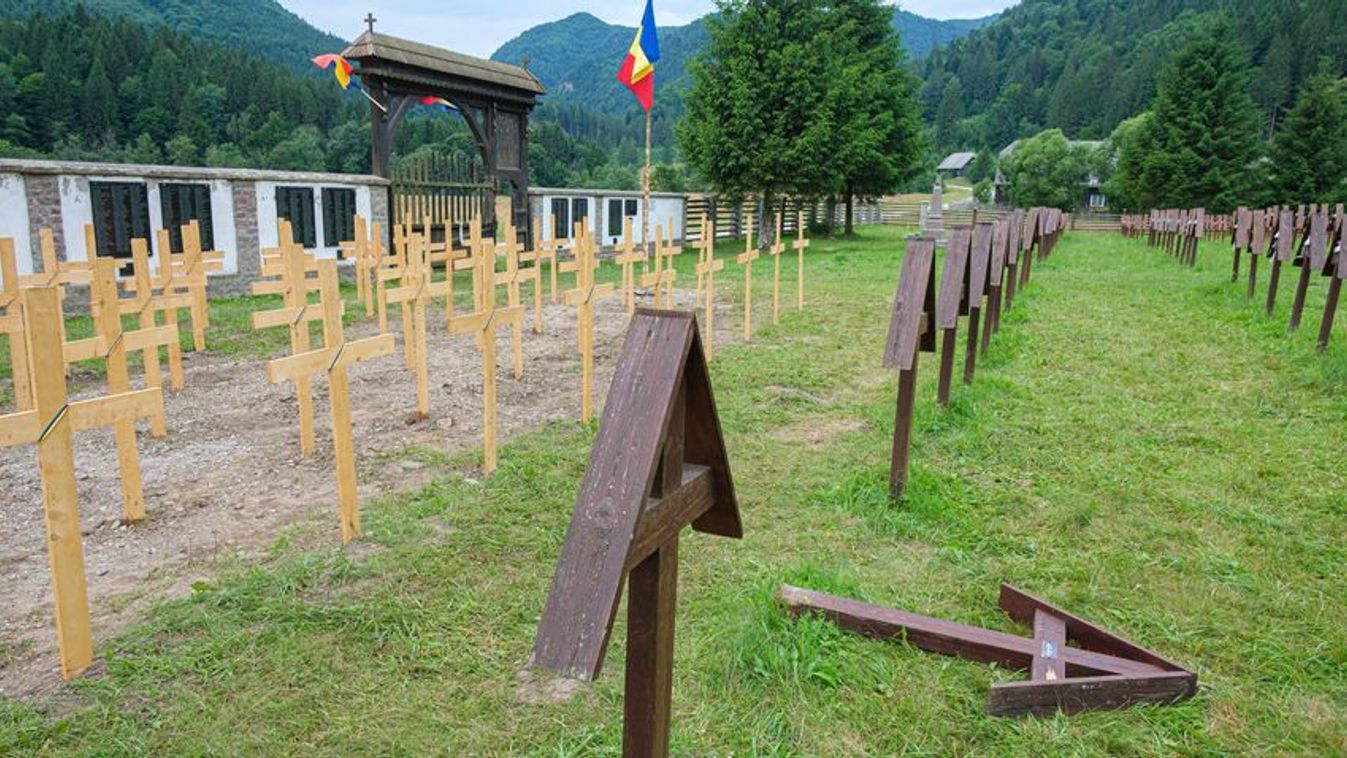
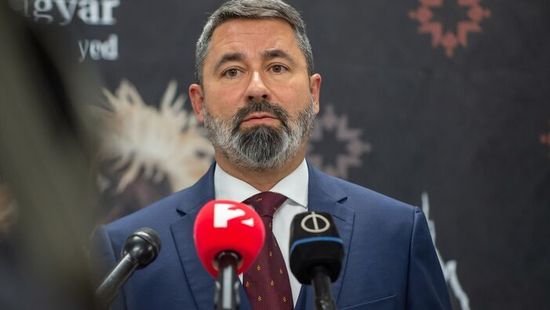
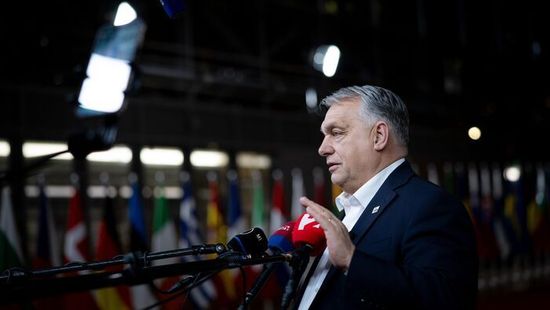
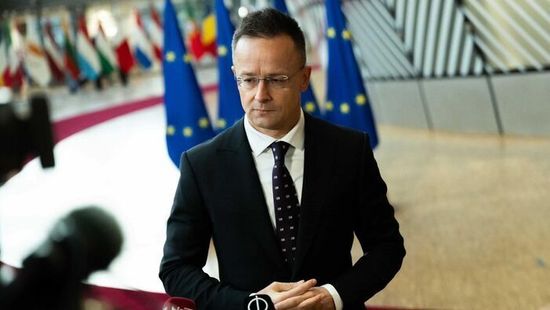
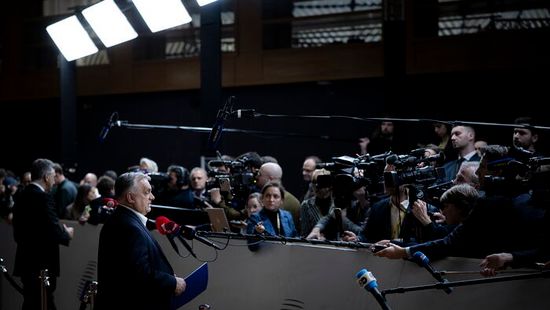

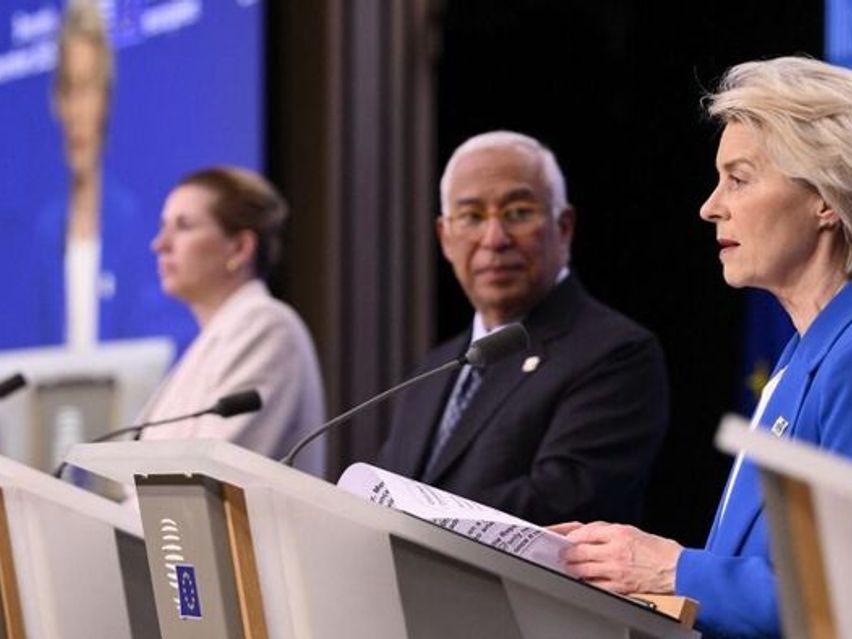
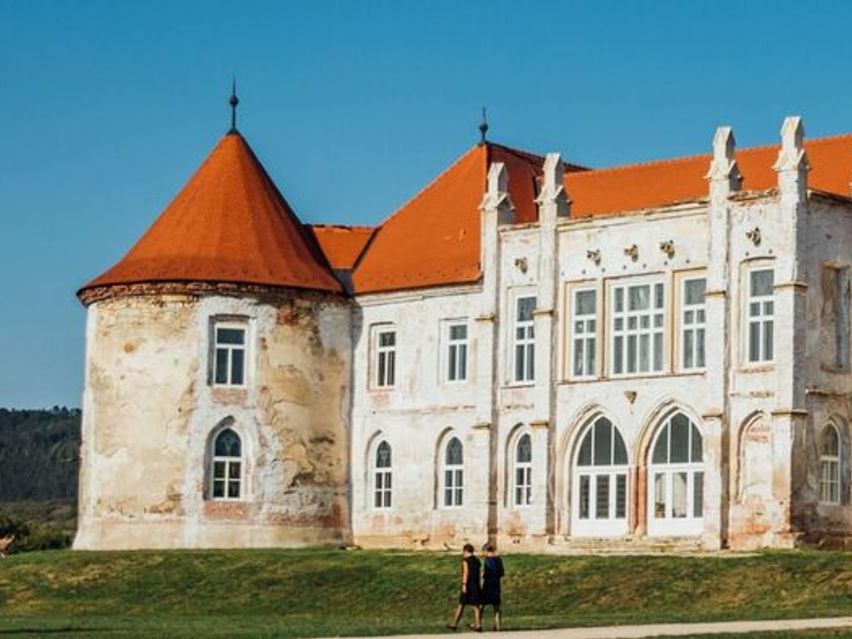
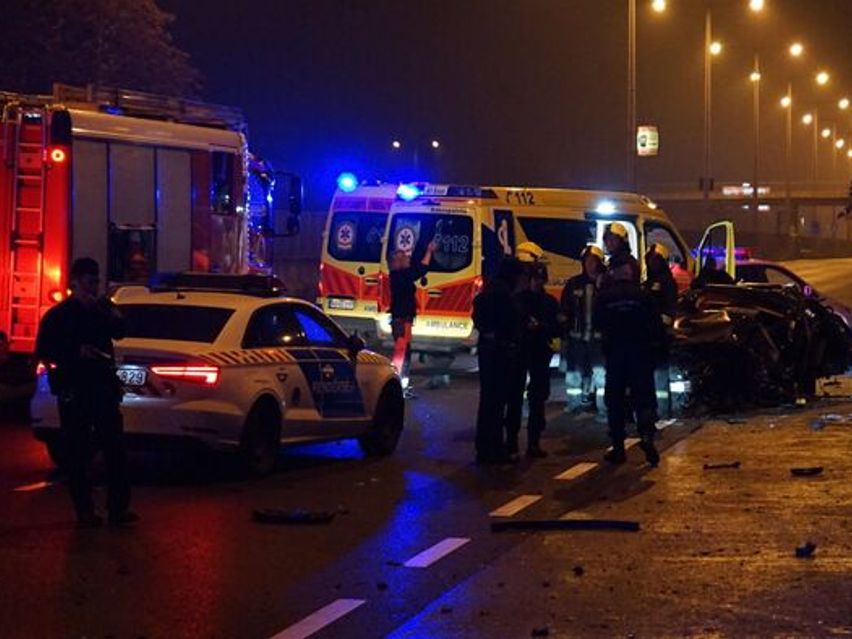
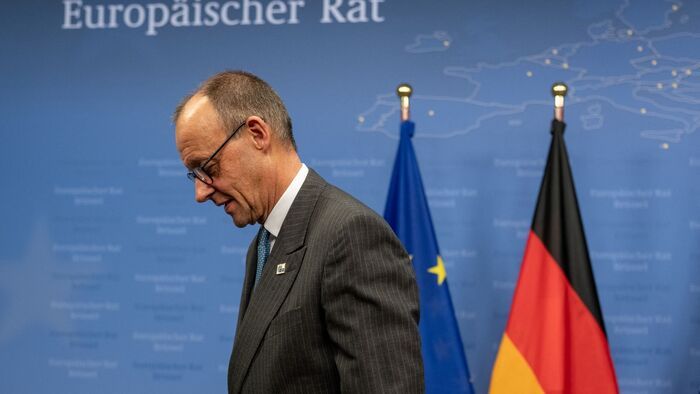

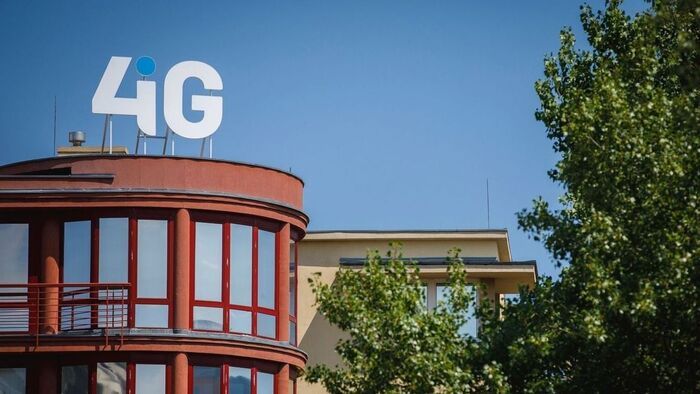

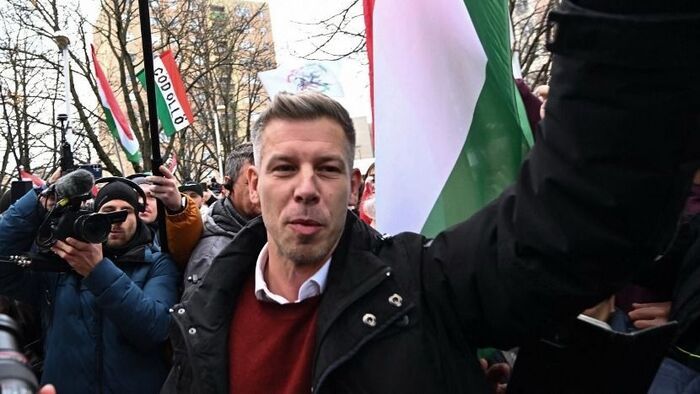

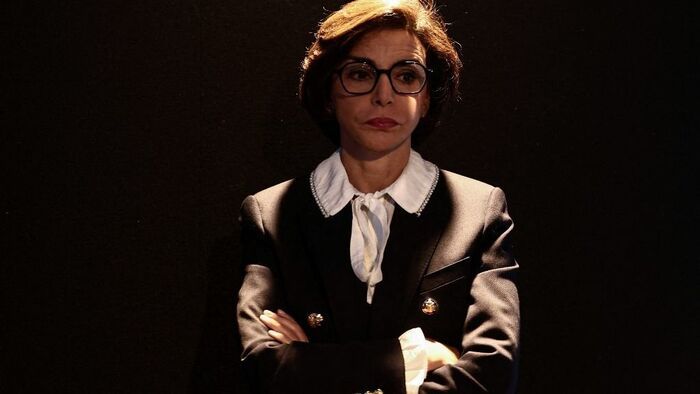
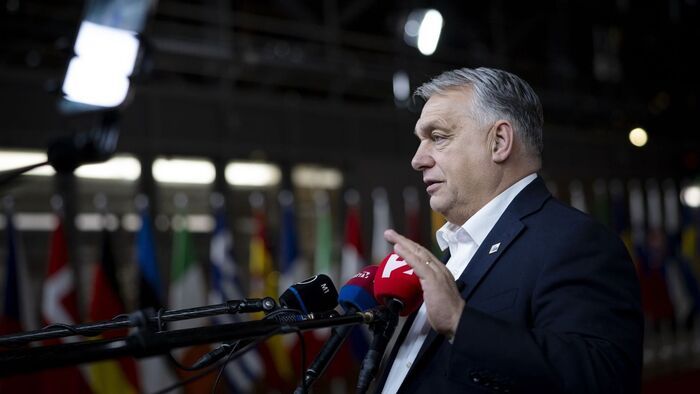
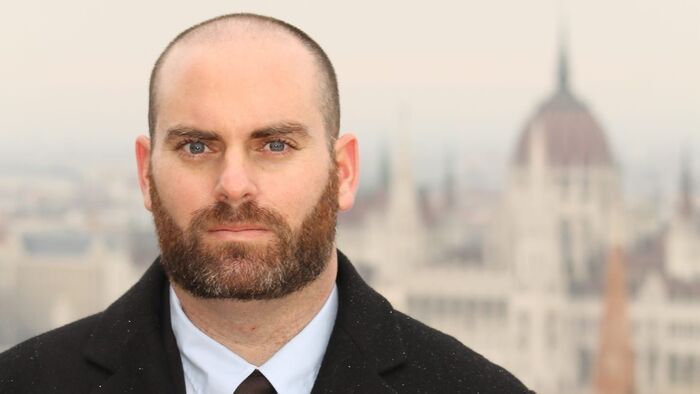
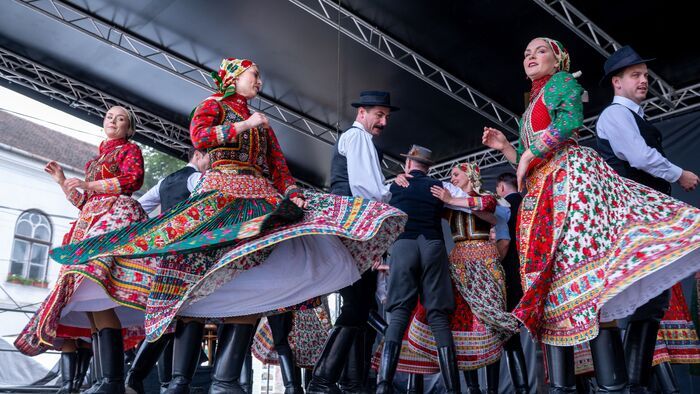

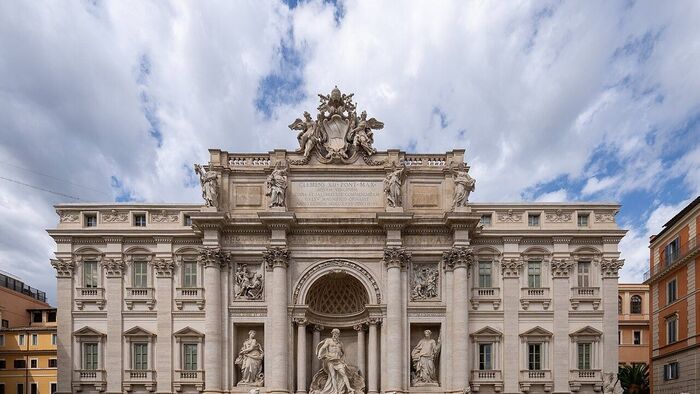

Szóljon hozzá!
Jelenleg csak a hozzászólások egy kis részét látja. Hozzászóláshoz és a további kommentek megtekintéséhez lépjen be, vagy regisztráljon!